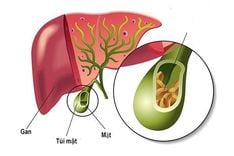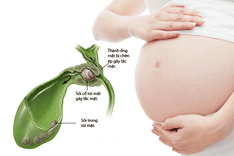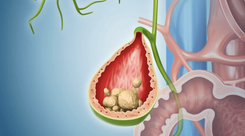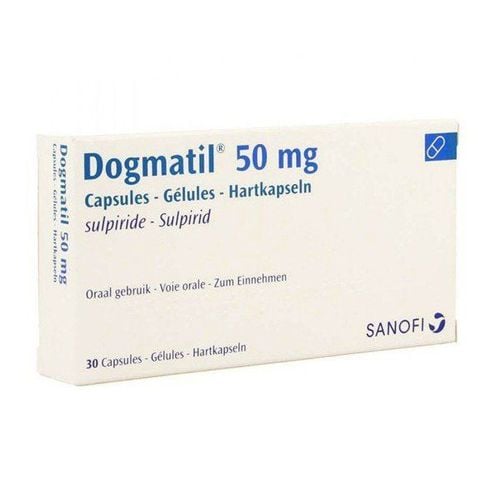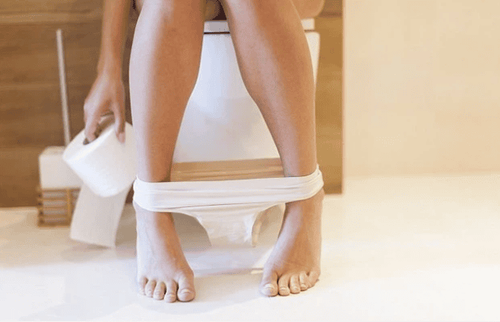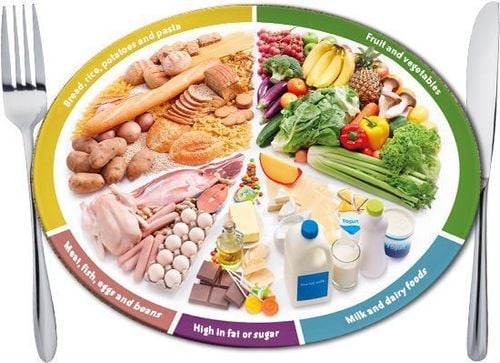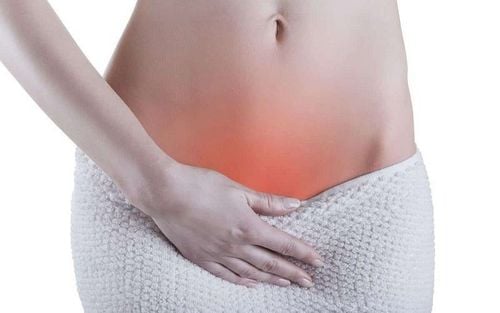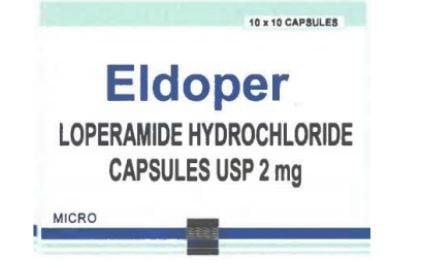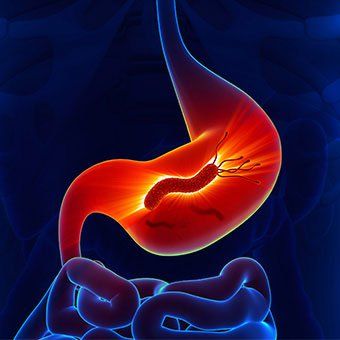This article was professionally reviewed by Specialist Level II, MD Dong Xuan Ha, Department of Internal Medicine and General Examination, Vinmec Ha Long International Hospital.
Abdominal pain is one of the symptoms of food poisoning. Understanding the signs of abdominal pain caused by food poisoning helps differentiate it from abdominal pain due to other conditions.
1. Abdominal Pain Due to Food Poisoning
Abdominal pain is a common digestive symptom encountered daily. It usually doesn't last long and may result from mild gastrointestinal infections or digestive disorders. However, abdominal pain can also stem from many other causes.
Food poisoning occurs after consuming contaminated food containing one of the following agents: microorganisms, chemicals, or foreign objects in the food.
The common symptoms of food poisoning include nausea, vomiting, diarrhea, severe abdominal pain, fever (sometimes absent), and occasionally additional symptoms such as headache, dizziness, muscle pain, or difficulty breathing.
Severe food poisoning can be life-threatening, while mild cases cause physical and mental fatigue.
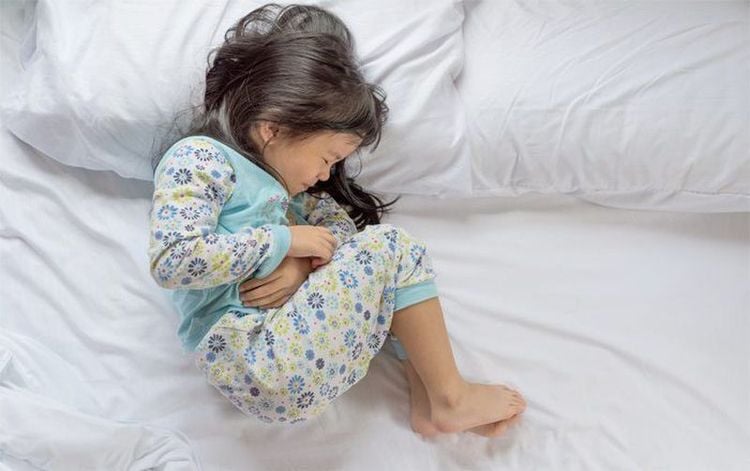
2. How Food Poisoning Abdominal Pain Differs from Other Types of Abdominal Pain
2.1 Abdominal Pain from Food Poisoning
Typically, food poisoning causes cramping abdominal pain accompanied by diarrhea. The pain may subside temporarily after a bowel movement or vomiting.
Effective remedies include warm compresses, herbal teas, or ginger wine to relieve the pain. Avoid coffee and alcohol, as they can exacerbate irritation and lead to dehydration.
2.2 Appendicitis
Appendicitis is inflammation of the appendix, a small pouch extending from the large intestine.
The hallmark symptom is gradually worsening abdominal pain over 6 to 24 hours. It often starts in the middle of the abdomen or around the navel, then shifts to the lower right abdomen (right iliac fossa).
In some cases, the symptoms may be less pronounced.
2.3 Constipation
Constipation is characterized by infrequent bowel movements, difficulty passing stools, or pain during defecation. It may also cause intermittent pain in the lower middle or left abdomen. Severe constipation can lead to bloating and fatigue.
2.4 Indigestion and Bloating
Indigestion causes discomfort after eating, often in the upper abdomen or behind the breastbone. It usually occurs after consuming specific foods, particularly those high in fat or protein. Symptoms may include excessive belching and a sour taste in the mouth, typically lasting a few hours. Over-the-counter medications may alleviate the discomfort.
For older adults or those with heart conditions, abdominal discomfort during exertion or stress may warrant concern.
Sometimes, distinguishing between indigestion and angina or a heart attack is difficult. If the pain radiates to the jaw or left arm, it may be angina. Seek medical attention if the pain persists or worsens.
2.5 Irritable Bowel Syndrome (IBS)
Irritable Bowel Syndrome is a common disorder, especially in women over 40. Its exact cause remains unknown.
Symptoms vary but may include abdominal pain, bloating, diarrhea, and/or constipation. Symptoms tend to come and go. IBS is incurable, but treatment often alleviates the symptoms.
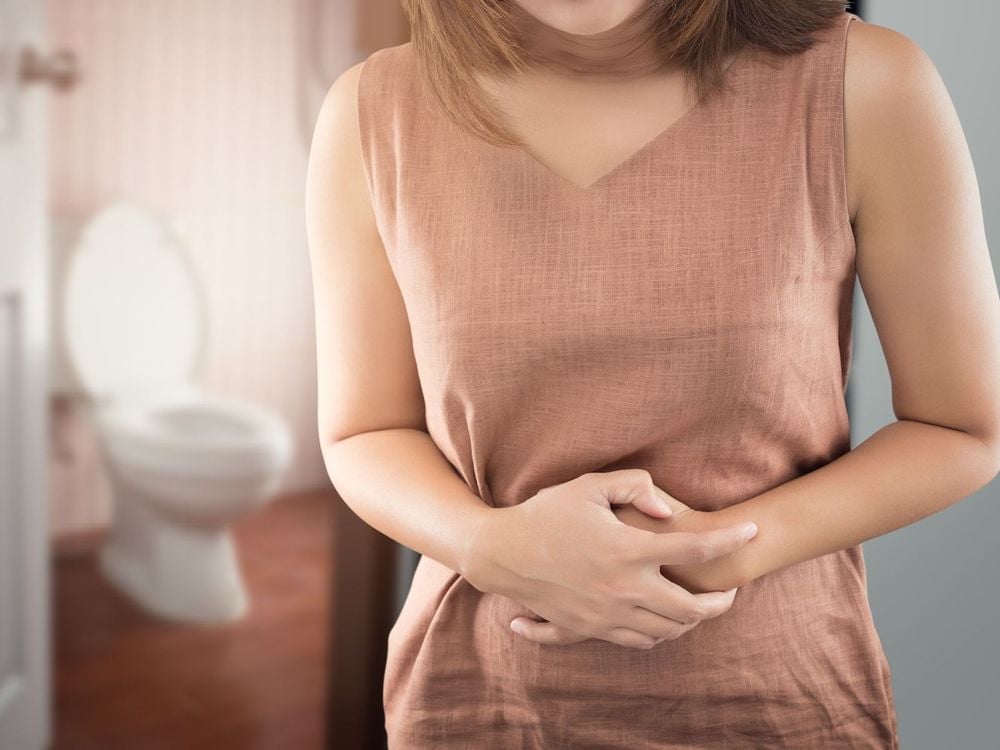
2.6 Kidney Stones
Pain that starts in the back and radiates to the abdomen and inner thigh may indicate kidney stones. Severe, intermittent pain, known as renal colic, occurs when a stone blocks the urinary tract. If the stone passes, the pain subsides.
Sometimes, medical intervention is needed to break the stone into smaller pieces. Blood in the urine may also be present.
2.7 Pelvic Inflammatory Disease (PID)
Pelvic Inflammatory Disease is an infection of the uterus and fallopian tubes treated with antibiotics.
The most common symptom is lower abdominal pain, ranging from mild to severe, and pain during intercourse. Women may also experience vaginal discharge with an unpleasant odor and itching.
2.8 Urinary Tract Infection
UTI is a common cause of persistent lower abdominal pain in women and is rare in men. Along with abdominal pain, symptoms may include fatigue, sweating, painful urination, and blood in the urine.
2.9 Crohn’s Disease
Crohn's disease causes inflammation in the gastrointestinal tract, with symptoms varying depending on the location and severity of the inflammation. Common signs include diarrhea, bloody stools, abdominal pain, and fatigue.
2.10 Gallstones
Many people with gallstones are unaware of their condition. Symptoms include intense pain in the upper right abdomen, known as biliary colic.
The pain subsides when the stone moves into the bile duct or back into the gallbladder. If upper right abdominal pain is accompanied by jaundice and fever, it may indicate bile duct obstruction and infection.
In this case, you should go to the hospital early to get an accurate diagnosis and the most effective treatment plan.
Gallstone pain can last a few minutes but more commonly lasts for several hours. Severe pain may occur only once in a lifetime or may recur occasionally.
Sometimes, less intense but uncomfortable pain appears occasionally, especially after a high-fat meal when the gallbladder contracts the most.
2.11 Menstrual Cramps
Most women experience menstrual pain, which is usually mild but can be severe enough to disrupt daily activities such as inability to attend schools or going to work.
Pain tends to diminish with age and can be managed with anti-inflammatory painkillers.
2.12 Peptic Ulcers
Pain from peptic ulcers can come and go, typically occurring in the upper abdomen but may radiate to the back.
The pain is often worse at night or upon waking. Eating may alleviate or exacerbate the pain, depending on the ulcer type. Medical evaluation and endoscopy are recommended to rule out malignancy and determine appropriate treatment.
With 14 years of experience in Gastrointestinal Endoscopy, Dr. Đồng Xuân Hà is skilled in diagnostic, emergency, and therapeutic endoscopic procedures.
To arrange an appointment, please call HOTLINE or make your reservation directly HERE. You may also download the MyVinmec app to schedule appointments faster and manage your reservations more conveniently.



